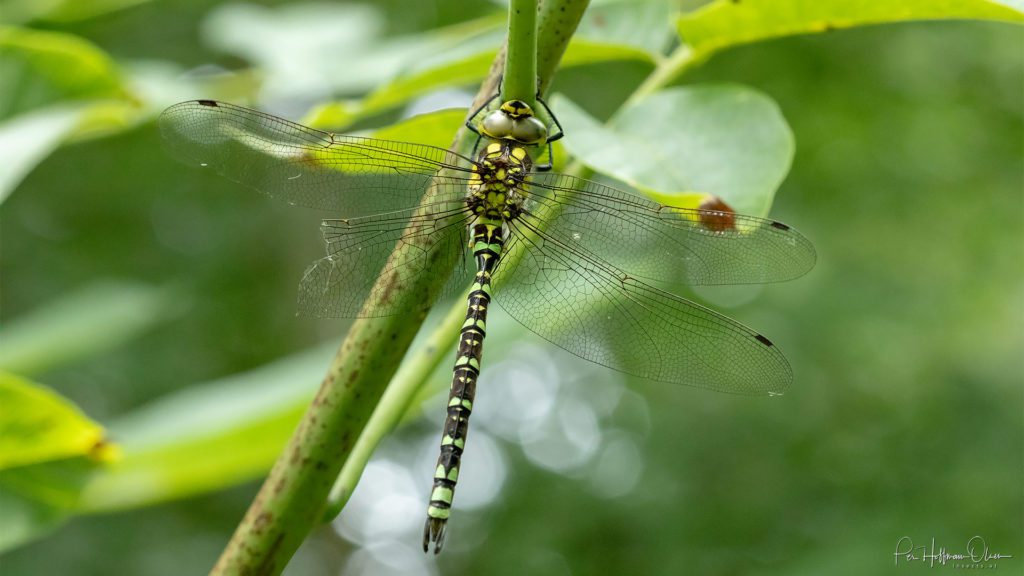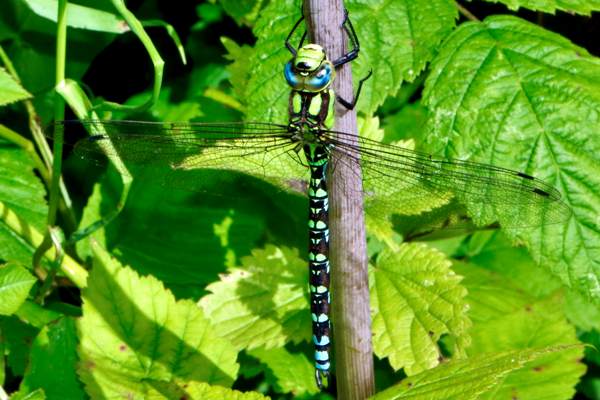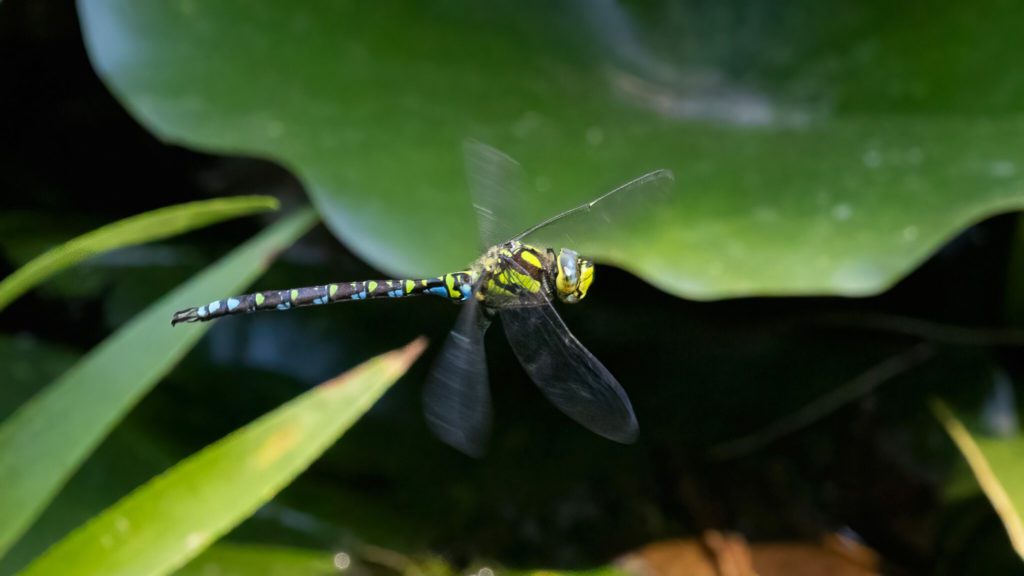Dragonflies are some of the oldest insects on our planet, true air lords, which have maintained their perfect aerodynamic shape for millions of years. Blue Granny (Orthetrum coerulescens) – a bright representative of the genus orthopedic device, which stands out sky blue the males' coloring and swift, maneuverable flights.
This dragonfly belongs to the family true dragonflies (Libellulidae) and there is an effective predator, which regulates the number of insect pests in nature. In this article we will consider structure, behavior, lifestyle, distribution area, role in nature and interesting facts about this amazing insect.

Scientific classification
🔬 Classification of blue dragonfly:
✔ The Kingdom: Animals (Animalia)
✔ Type: Arthropods (Arthropoda)
✔ Class: Insects (Insecta)
✔ Row: Grandmas (Odonata)
✔ Family: Real dragonflies (Dragonfly)
✔ Gender: orthopedic device
✔ View: Blue dragonfly (Orthetrum coerulescens)
📌 Interesting!
Name of the genus orthopedic device comes from the Greek word orthotics – "direct" and etron – “belly”, which reflects elongated body shape of dragonflies.
Appearance and features of the structure
💠 Main Features:
• Body length: 35–45 mm.
• Wingspan: 60–75 mm.
• Color scheme:
• Males – bright blue, with a matte waxy coating on the abdomen.
• Females – yellow-brown, with dark stripes on the back.
• Chairman: big, with with large compound eyes.
• Oko: greenish-blue or gray-blue.
• Wings: transparent, with black veins, have small dark spots at the base.
• Abdomen: long, slender, tapering towards the end.
📌 Interesting!
Males have bloom on the belly, which makes them sky blue, but over time it can wear off and the color changes.

Life cycle and development
Dragonflies have incomplete transformation (without the pupal stage) and go through three main phases:
1️⃣ Egg
• The female lays her eggs in the water, throwing them away in flight or by immersing the belly in water.
• Development continues 1–3 weeks depending on the temperature.
2️⃣ Larva (nymph)
• Lives in water from 1 to 3 years.
• Has a mask – a special adapted organ for capture of prey.
• Feeds on small aquatic insects, mosquito larvae, tadpoles, and even fish fry.
3️⃣ Imago (adult)
• Comes out of the water, molts and takes wing.
* Live from several weeks to several months.
• Leads a predatory lifestyle, hunting insects in flight.
📌 Interesting!
Dragonfly larvae can to hibernate underwater, falling into a state of slowed metabolism.

Lifestyle and behavior
🌿 Where does the blue dragonfly live?
• Occurs near ponds, rivers, swamps and streams.
* Prefers sunny areas, with a lot of vegetation.
• Often sits on stones, branches or grass, basking in the sun.
✈ Flight and hunting strategy
• Flying quickly and maneuverably, changing direction in the air.
* Hunts in flight, catching insects with their paws.
• Can hover in the air like a helicopter.
📌 Interesting!
Dragonfly can fly backwards and develop speed to 50 km / h!

Nutrition and role in nature
🍽 What does a blue dragonfly eat?
• Flying insects – mosquitoes, flies, butterflies, gadflies.
• Spiders and other small arthropods.
• Larvae eat aquatic invertebrates.
🔬 Ecological significance
• Controls the number of insect pests, in particular mosquitoes.
• There are an important part of the food chain, serving as food for birds, fish, and amphibians.
• Speaks indicator of water purity – disappears in polluted areas.
📌 Interesting!
One dragonfly can eat up to 50 mosquitoes per day!
Distribution and habitat
🌍 Blue dragonfly range:
• Europe, Asia, North Africa.
• Widespread in Ukraine, found in forest and steppe zones.
• Likes slow rivers, streams, swamps, ponds.
📌 Interesting!
During hot periods, dragonflies may migrate for tens of kilometers in search of water.
Interesting facts about the blue dragonfly
🔹 Wonderful vision
• Dragonflies have 30,000 faceted eyeswhich allows them to see 360 degrees.
🔹 Masters of Flight
• Can to fly in any direction, hover in the air and even fly backwards.
🔹 Speed record holders
• Some species of dragonflies fly faster than a galloping horse!
🔹 Ancient relatives
• The ancestors of dragonflies lived even 300 million years ago and had a wingspan of up to 70 cm.
Conclusion
Blue dragonfly (Orthetrum coerulescens) – it is not only incredibly beautiful insect, but also valuable pest population regulator in nature. It plays an important role in maintaining ecosystem balance and is indicator of water purity.
💡 Preserving the natural habitats of dragonflies is an important task for ecologists, because these amazing creatures are true "sanitaries" of nature!